45 High Fiber Foods to Add to Your Diet Today!
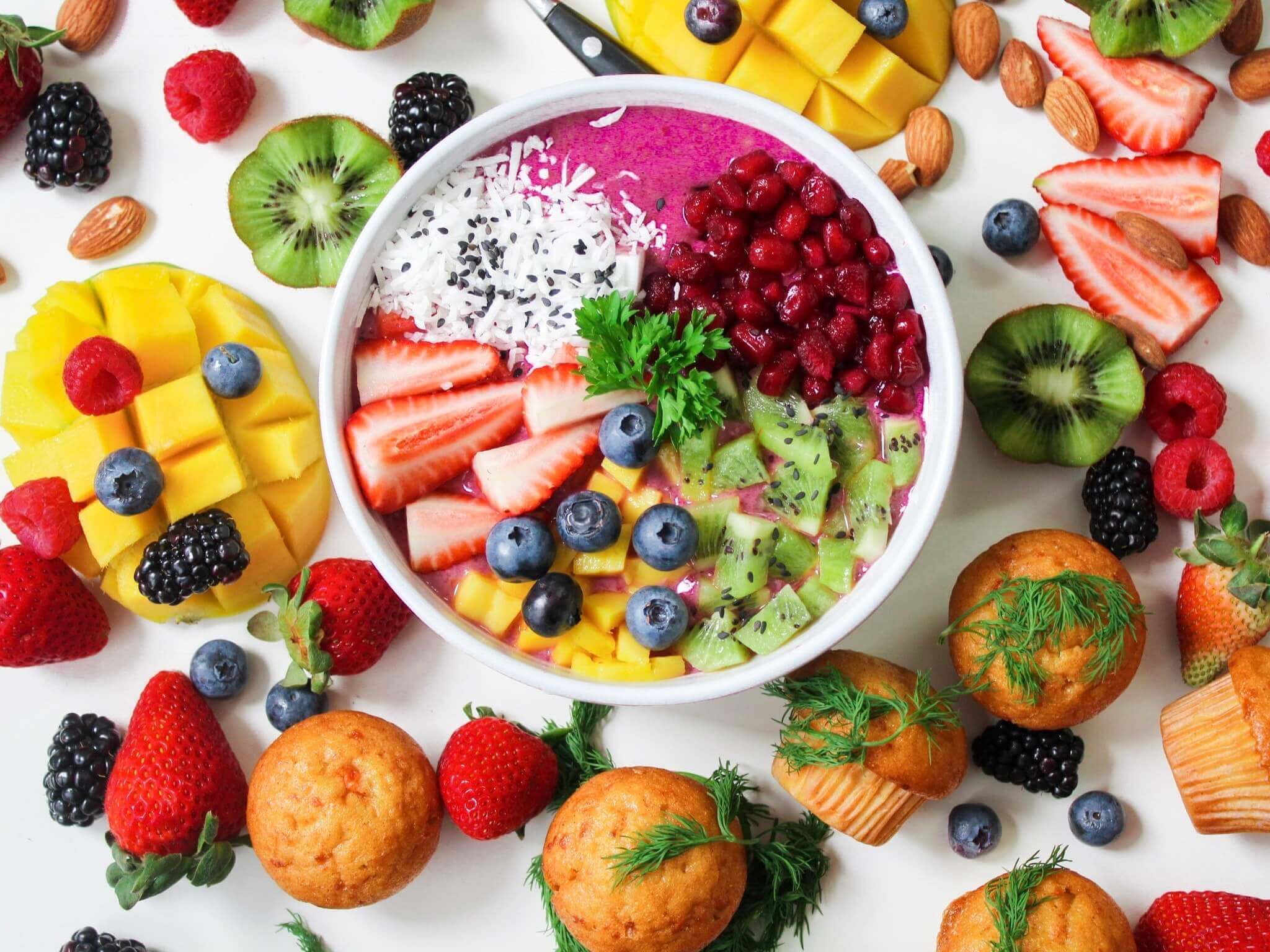
How much fiber you have added to your diet today?
or
Planned to eat today? You may ask, Hey! why should I plan to eat fiber?That is the right question if you are not aware of fiber.So let’s go further to know what is fiber, how that is important to our health, what are the Benefits of fiber and which foods have high in fiber.
Table of Contents
ToggleI am sure you will eat food which is having hi-fiber after you read this.
What is Dietary Fiber?
Fiber is a plant-derived material. Dietary fiber, or fiber that you eat, can be found in fruits, vegetables, and grains. Fiber is a form of carbohydrate that provides the body with very little energy.
Fiber cannot be digested by your body, it goes through your intestines without being absorbed very well. Fiber has numerous health benefits.
How Fiber Works?
Dietary fiber bulks up your diet. It can help you lose weight or maintain a healthy weight since it makes you feel full faster and for longer.
Fiber is essential for patients with diabetes in obtaining and maintaining glycemic control.
Diets high in fiber can also aid with constipation and diarrhea. Fiber may also aid with cholesterol reduction.
What are the Types of Fiber?
- Fiber dissolves in water called soluble fiber.
- Fiber that does not dissolve in water is called insoluble fiber.
1. Soluble Fiber.
This fiber dissolves in the water to generate a gel-like substance. It can aid in the reduction of blood cholesterol and glucose levels. Oats, peas, beans, apples, citrus fruits, carrots, barley, and psyllium all contain soluble fiber.
2. Insoluble Fiber.
This type of fiber accelerates the flow of material through your digestive system and increases stool bulk, making it useful for those who suffer from constipation or irregular stools. Insoluble fiber is found in whole-wheat flour, wheat bran, nuts, beans, and vegetables such as cauliflower, green beans, and potatoes.
The quantity of soluble and insoluble fiber in various plant meals varies.
The quantity of soluble and insoluble fiber in numerous plant foods ranges. Take a wide variety of high-fiber foods to gain the most health benefits.
What are the Health Benefits of Fiber?
1. Cardiovascular Disease
Fiber may help prevent heart disease by lowering cholesterol. Bile acids, which are produced in part by cholesterol, are required for digestion.
As your digestion improves, the liver removes cholesterol from your blood to produce more bile acid, lowering your LDL (bad) cholesterol.
2. Weight Loss
Fiber slows the rate at which food moves from the stomach to the remainder of the digestive system, making us feel fuller for longer. Foods high in dietary fiber are frequently low in calories as well. If you are on a weight loss journey, you must look for high-fiber foods.
3. Diabetes
Because fiber slows the rate at which food is broken down, it may assist persons with diabetes control their blood sugar levels by lowering blood sugar levels after meals.
According to a meta-analysis of research on the association between fiber and blood glucose (blood sugar) levels published in The Journal of the American Board of Family Medicine, higher fiber consumption can lower blood glucose levels during the normal fasting blood glucose test (a test of blood sugar levels after an overnight fast).
5. Cancer prevention
The research on the relationship between fiber and colorectal cancer prevention has been inconsistent. A 2011 meta-analysis published in the British Journal of Medicine discovered a link between cereal fiber and whole-grain intake and a lower risk of colorectal cancer.
A more recent animal study revealed that fiber may only provide this effect if a person has the correct type and quantity of gut bacteria. Fiber naturally combines with bacteria in the lower colon and can occasionally ferment producing butyrate, a substance that may cause cancer cells to self-destruct.
6. Longevity
Fiber may really help people live longer lives. According to the results of a meta-analysis of relevant studies published in the American Journal of Epidemiology, “increased dietary fiber consumption may reduce the risk of total mortality.”
According to one recent Study, cereal fiber, which may be found in whole-grain bread, cereal, and pasta, is highly helpful. Those who consumed the most cereal fiber were 19% less likely to die over 14 years than those who consumed the least.
7. Aids Food Allergy
According to new research, fiber may play a role in reducing food allergies, Scientists believe that people aren’t developing enough gut bacteria to deal with foods that are typically related to allergies, such as peanuts and shellfish.
Particles of these meals can reach the bloodstream through the gut if the proper bacteria are not present. Fiber aids in the production of a bacterium known as Clostridia, which aids in the protection of the gut.
8. Asthma
Inappropriate substances that escape the gut and enter the circulation can trigger an immunological reaction similar to asthmatic inflammation. According to a 2013 animal study, mice fed a high-fiber diet were less likely to develop asthmatic inflammation than mice fed a low- or average-fiber diet.
How Much Fiber do you Need Every day?
Adult Men – 38g
Adult Women – 24g.
The Academy of Nutrition and Dietetics suggests 14 grams of fiber for every 1,000 calories consumed per day.
USA food style does not provide the daily requirement fiber, In the US, 95 % of adults and children do not consume the necessary daily fiber intake.
The average daily fiber consumption in the United States is estimated to be 16.2 grams.
What are Diet High in Fiber Foods?
A diet high in fiber is a type of diet that includes a large amount of dietary fiber. Dietary fiber is a type of carbohydrate that is found in plant-based foods, such as fruits, vegetables, legumes, and whole grains. Unlike other types of carbohydrates, dietary fiber is not digested by the body and instead passes through the digestive system largely unchanged.
A diet high in fiber has numerous health benefits, including weight management, improved heart health, better gut health, and diabetes management. It may also help to reduce the risk of certain types of cancer.
High Fiber Foods
Fruits, Vegetables, Whole Grains, Nuts, Seeds, and Legumes all are High fiber foods. Let’s start biting fruits.
Fiber-Rich Fruits & Dry Fruits
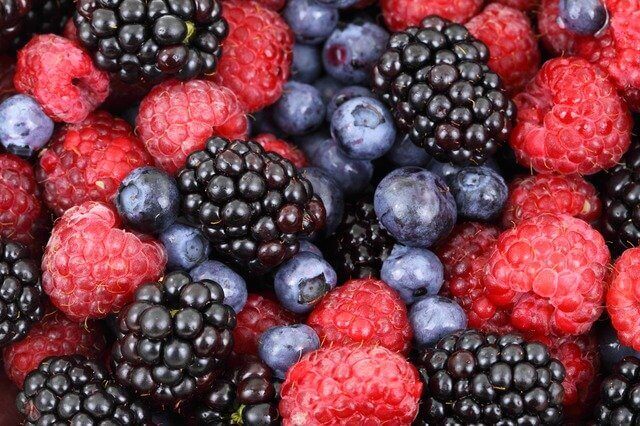
- Pitted prunes(uncooked) – 1 cup 12g
- Avocado – Medium-sized avocado 9g
- Raspberries, Blackberries, and Guava– one cup 9g
- Pear – Medium-sized pear has 5.5g
- Apple – 1 Apple has 4.4g, eat the apple with skin
- Mango – one, medium-sized 5g
- Orange – 1 orange has 3g
- Banana – 1 medium size 3g
- Strawberry – 1 cup 3g
- Kiwi (70g) – 1 fruit has 2g
- Figs – 3 to 5 figs have 5g
High in Fiber Vegetables
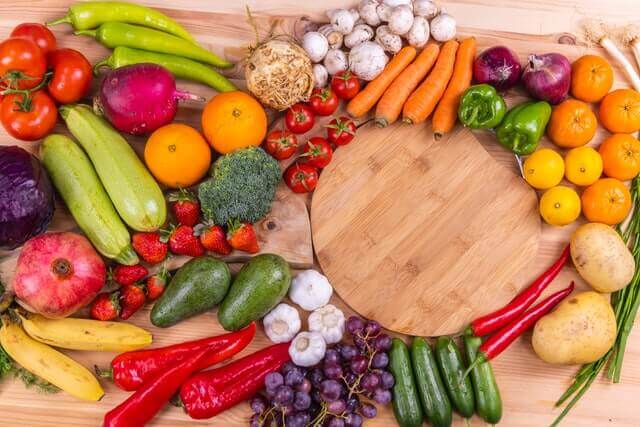
- Green peas – 8g in one cup
- Broccoli – 3g per cup.
- Edamame – 10g in one cup.
- Brussels sprouts (Boiled) -4g per cup.
- Asparagus – 3g per cup
- Artichokes – One gives 6g
- Beets – 4g in one cup
- Acorn Squash – 9g
- Turnip Green -5g
- Carrots -you get 5g
- Cauliflower -3g in one cup.
- Potato – 4g, 1 -medium-sized boiled and
- Collard Greens – 8g in a cup.
Grains Rich in Fiber
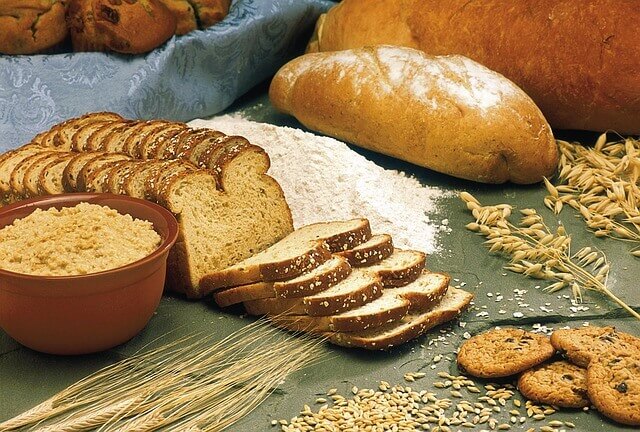
- Whole Wheat Spaghetti – 1 cup 6g
- Barley – 1 cup contains 6g
- Bran flakes – 3/4 cup gives you 5.5g
- Quinoa – 1 cup containing 5g
- Oatmeal – 1 cup has 5g
- Popcorn – 3 cups provide 3.5g
- Brown Rice – 1 cup has 3.5g
- Whole wheat bread – 1 slice give you 2g
- Rye Bread – 1 slice 2g
High Fiber Nuts & Seeds
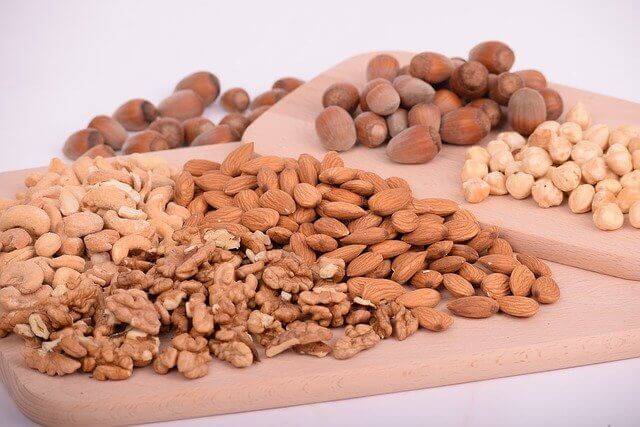
- Almonds – 1 ounce 3.5g
- Pistachios -1 ounce 3g
- Sunflower kernels – 1 ounce 3g
- Chia seeds – 1 ounce 10g
Fiber-rich Legumes
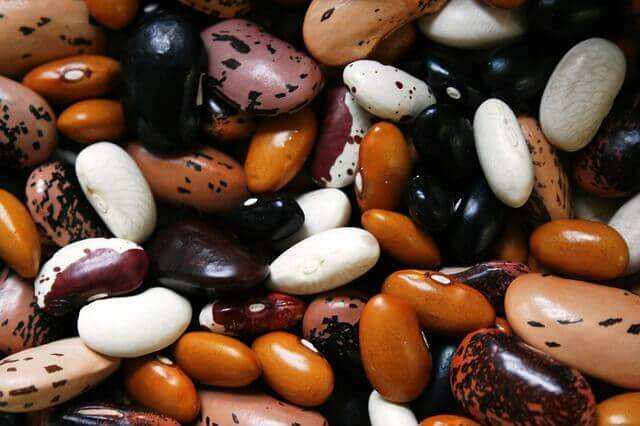
- Split peas – 1 cup 16g
- Lentils – 1 cup 15.5g
- Black beans – 1 cup 15g
- Kidney beans – 1 cup 12g
- Baked beans – 1 cup 10g
*Source USDA
And your favorite Dark chocolate has 3g fiber in a 1-ounce piece.
You should consult with your doctor to determine how much fiber is appropriate for you.
When you add fiber too rapidly, you may experience gas or bloating. You should gradually increase your fiber intake over a few weeks to allow your body to acclimate.
When using a fiber supplement, remember to drink lots of water.
What’s your high-fiber food today?
#highfiberfoods #fibersrichfoods #plantbasedfiberfoods #eatyourfiber #solubleandinsolublefiberfoods #snacksonfiberfoods #wholegrainsforhigherfiberintake #kidfriendlyhighfibersnacks #veganhighfibersnacks #noarificialcoloringinhighfailerfoods #highfiberessentialoilsusedingoodrecipes #easyhightfailerbreakfastideas
